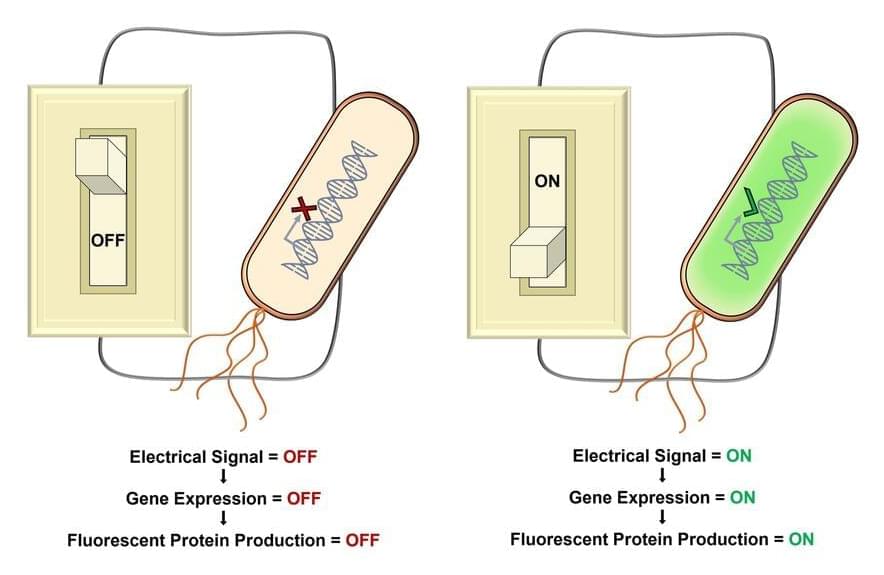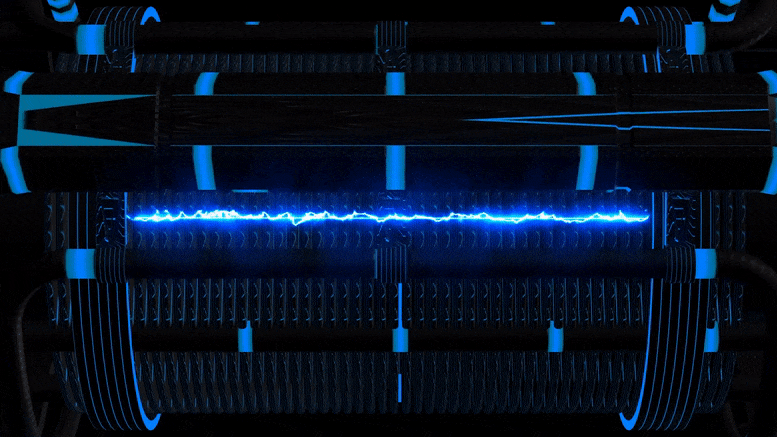
Get the latest international news and world events from around the world.

Hyundai has kicked-off production on novel 4×4 vehicles with robotic legs
They may be the only cars to go more viral than Cybertruck.
Remember that Hyundai concept 4×4 with robotic legs?
The South Korean automotive giant actually means to make it a reality and it has announced a development and test facility in Montana for that very purpose.
Hyundai has a planned investment goal of $20 million over the next five years for its New Horizons Studio, which will employ 50 people.
It will be located in Montana State University’s Innovation Campus in Bozeman, Montana and it will be a unit focused on the development of Ultimate Mobility Vehicles\.

Jeff Bezos Wants Manufacturing to Move Off Planet and NASA is Exploring the Possibilities
Dan BreedenHe shall lead us to a brave new world.
1 Reply.
Len Rosen shared a link.
Jeff Bezos believes that to avoid a terrestrial environmental disaster we need to transfer much of our manufacturing capacity to space.
NASA is seeding companies that want to create a space manufacturing sector which could be the first step to achieving Bezos’ dream.
The Future is Wild: Speculative Evolution of the Future. Size comparison
Oyinkro OhimorOEC is the change.
Oyinkro Ohimor.
Jose Ruben Rodriguez Fuentes shared a link.
The Future is Wild is a series aired in 2002 (official website of the original show: https://www.thefutureiswild.com/) that explored how life could evolve in 3 different time scales: 5,100, and 200 million years into the future. presenting very different possible scenarios.
In these 20 years, some of these creatures would have a different look according to the current knowledge, although most changes are still pure speculation.
Instagram: @mariolanzarensis.

Using Optomemristors To Light Up Artificial Neural Networks
Artificial intelligence and machine learning hardware research have concentrated on building photonic synapses and neurons and combining them to do fundamental forms of neural-type processing. However, complex processing methods found in human brains—such as reinforcement learning and dendritic computation—are more challenging to replicate directly in hardware.
A new study contributes to closing the “hardware gap” by creating an “Optomemristor” device that responds to numerous electronic and photonic inputs at the same time. The diverse biophysical mechanisms that govern the functions of the brain’s neurons and synapses allow for complex learning and processing in the mammalian brain.
The chalcogenide thin-film technology interacts with both light and electrical impulses to mimic multifactor biological computations in mammalian brains while spending very little energy.
Northrop Grumman’s pioneering vision, technology and people defining possible
Our teams explore burgeoning research areas and inventing revolutionary technology that will not only accomplish the mission at hand but also influence our world.



Scientists engineer new tools to electronically control gene expression
Researchers, led by experts at Imperial College London, have developed a new method that allows gene expression to be precisely altered by supplying and removing electrons.
This could help control biomedical implants in the body or reactions in large ‘bioreactors’ that produce drugs and other useful compounds. Current stimuli used to initiate such reactions are often unable to penetrate materials or pose risk of toxicity—electricity holds the solution.
Gene expression is the process by which genes are ‘activated’ to produce new molecules and other downstream effects in cells. In organisms, it is regulated by regions of the DNA called promoters. Some promoters, called inducible promoters, can respond to different stimuli, such as light, chemicals and temperature.

Making Electricity Cheaper: A Cellphone-Sized Device Automatically Adjusts a Home’s Power Use to Save Money
A cellphone-sized device automatically adjusts a home’s power use up or down to save the consumer money and increase the resiliency of the electric grid.
The effects of climate change are pushing electrical grids around the world to their limits. Last year, unprecedented cold weather caused people in Texas to turn up their thermostats, which overwhelmed the power grid and caused days-long power outages. And in California, the power is turned off before there is a high possibility of a fire.
To combat the electric grid’s vulnerabilities and cut down on the use of non-renewable sources of energy, researchers at the Department of Energy’s SLAC National Accelerator Laboratory have developed technology that automatically adjusts a home’s power use up or down in response to fluctuating prices that are established by real-time market demand.